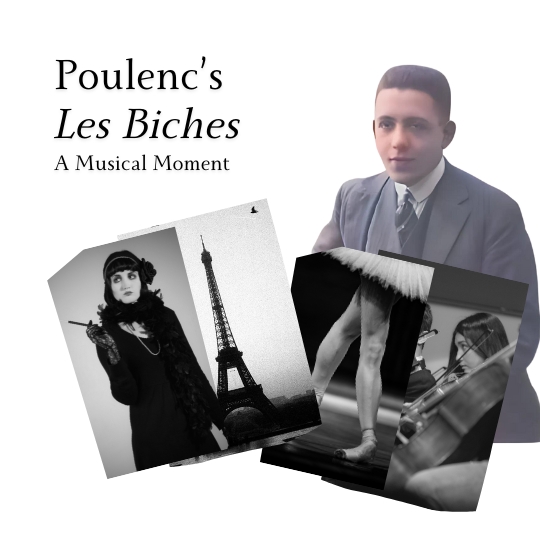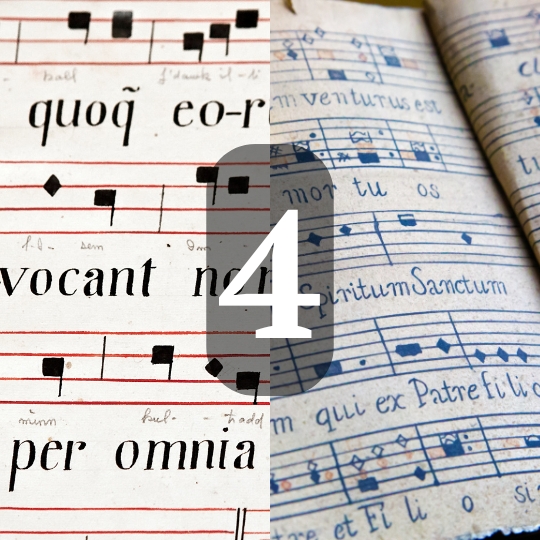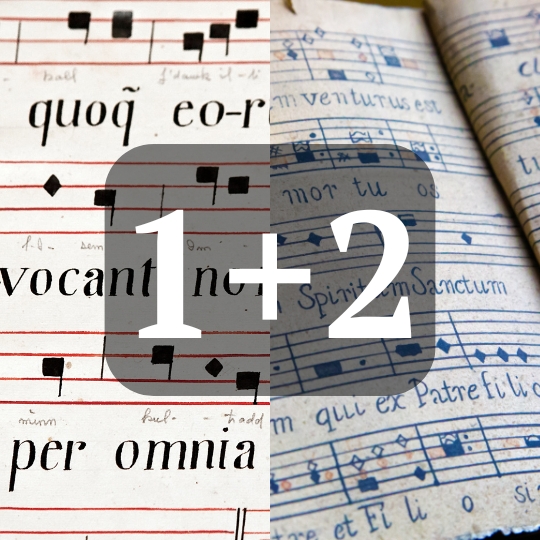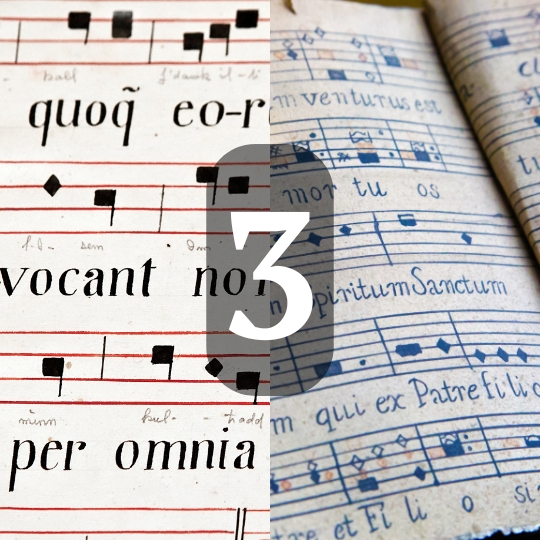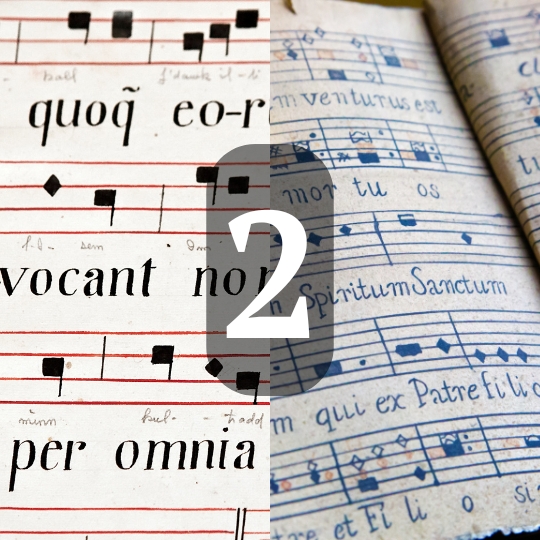In his 1959 Twilight Zone score, for the episode “Walking Distance”, Bernard Herrmann underscores protagonist Martin Sloan’s return to his childhood hometown.
Mind-bending, Sloan slowly realises he has also travelled back in time, to when he was a child.
Pursuing his child self, and meeting his parents, who are a similar age to adult Sloan, the episode climaxes with an accident on a Merry-go-round.
Chasing himself, child Sloan falls, revealing a lifelong limp that adult Sloan still suffers with.
Herrmann underscores this pivotal moment with a cue that accelerates in tempo and, eventually, by diminution.
It also boasts Herrmann’s trademark use of cells and sequences, which present, at first, a falling motif that gradually transforms into a spiralling motif.
Representative of Martin Sloan’s lose of control, in a crazy situation, the music also parallels the cyclical nature of time and the Merry-go-round.
Musical Moments is a new series where I focus on larger works—whether in orchestration, length, or complexity—and zoom in on small sections …
Fourth Species Counterpoint is a type of music composition that focuses on creating counterpoint through suspension and syncopation, which means that notes …
Combining 1st and 2nd species counterpoint is where we truly start to unlock counterpoint’s potential as a tool for enhancing our composition …
Continuing from the foundational work in first and second species, third species counterpoint introduces a more intricate rhythmic structure by pairing four …
Continuing our study of species counterpoint from last week, where we looked at counterpoint in the first order / first species, this …
First species counterpoint, often referred to as “note against note” counterpoint, is the foundation of contrapuntal composition. It (First Species Counterpoint) involves …


